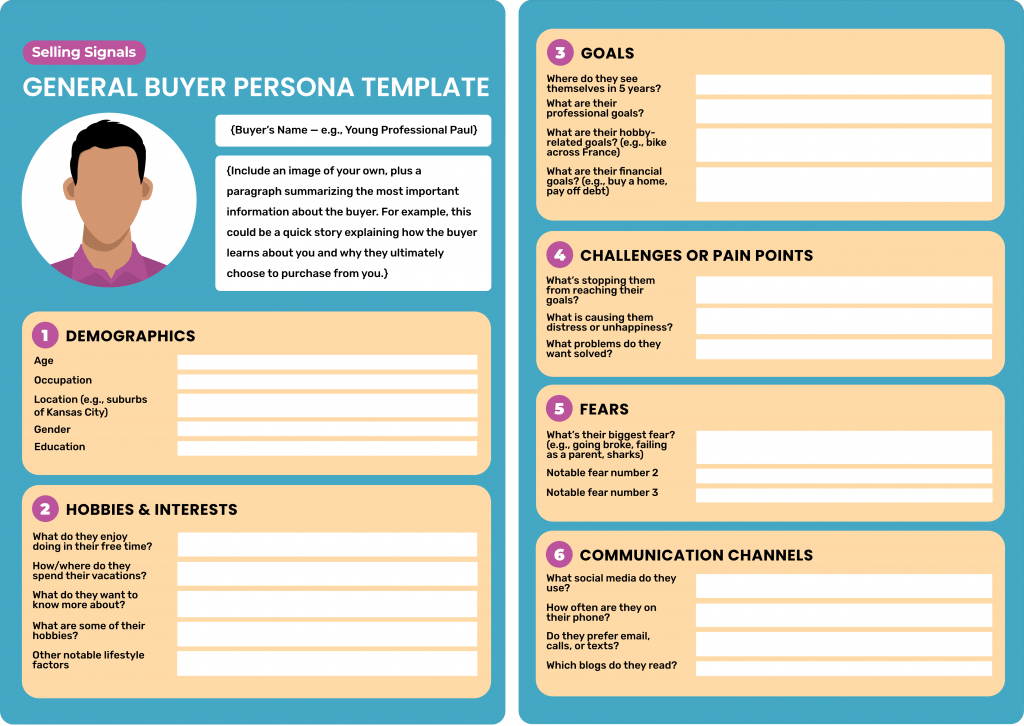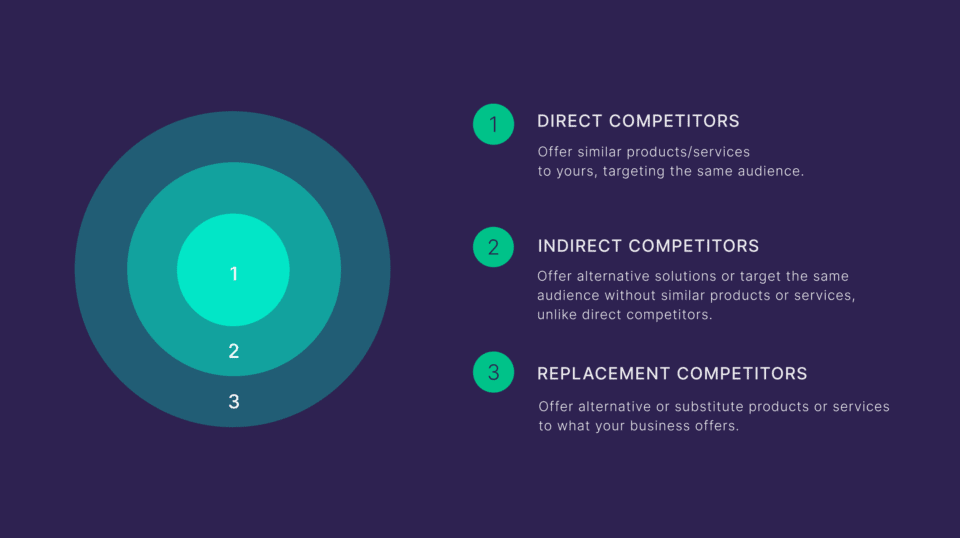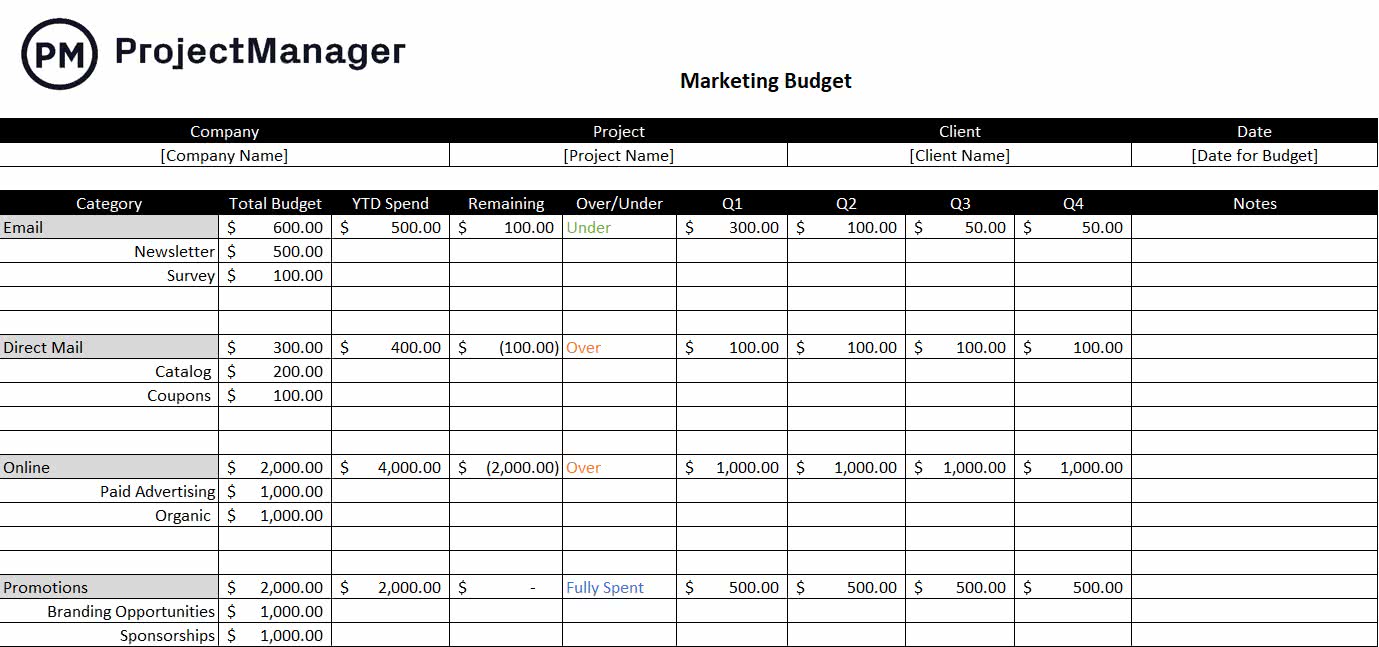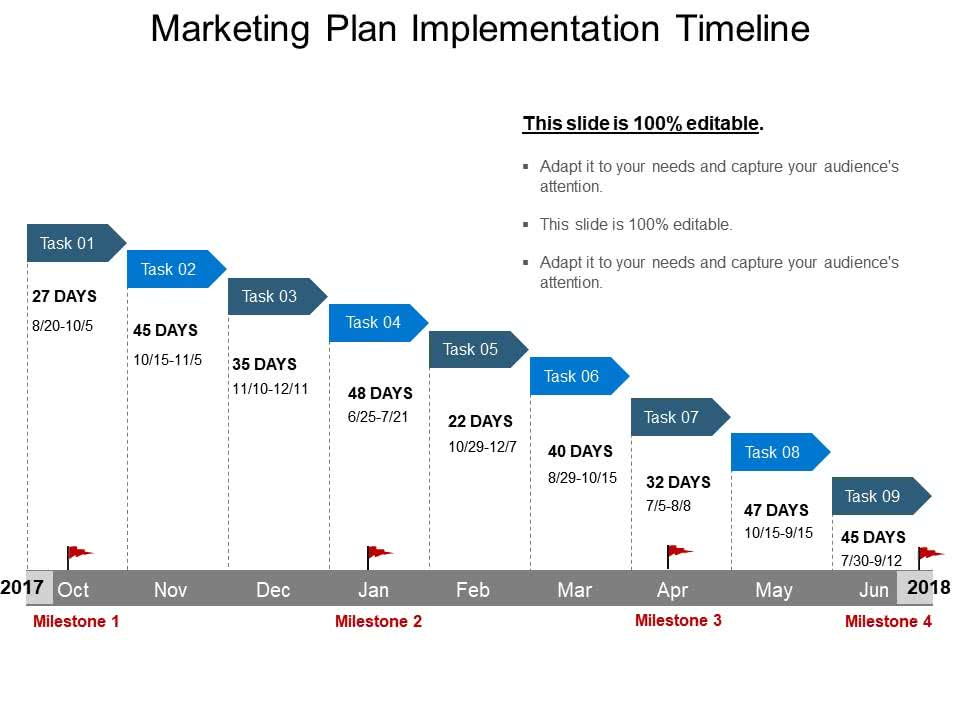
4 Steps to Create and Implement an Effective Marketing Strategy

Marketing impacts several areas that determine business success. These include lead generation, the customer journey, brand image, public relations, among others.
That's why you must know how to create a strong marketing strategy to grow your business.
However, creating an effective strategy requires some in-depth research and planning. You can't just wing it. You need to have clear goals with clear plans of how to accomplish these goals.
Here's how to create a marketing strategy and implement it in four simple steps.
1. Define Business and Marketing Goals
The best place to start is by defining your business goals. These goals will be the foundation for your marketing strategy.
Just make sure your business objectives are realistic. All businesses are different and have their unique set of circumstances at any one time. So, your business goals must reflect your situation.
For example, a start-up business would have to set more modest goals at first, like gaining a 1% market share in their first two years in business. In contrast, an established business with a promising rate of growth could aim to increase their market share by 2% in one year.
Once you have your business goals, you can start defining your marketing goals. So, based on the first sample goal above, your marketing goal could be to increase your online presence by X% in two years. Your marketing goals will guide you when you come up with specific marketing tactics to implement later on.
When crafting both your business or marketing goals, make sure you use the SMART goals framework:

"Gaining a 1% market share in their first two years in business" is a SMART business goal. Success can be easily measured: gain a 1% market share. The goal is also attainable based on the business' background. The two-year target makes the goal time-bound. The goal is also relevant as an increase in customer base will enhance revenue.
Specific measurable goals will help to motivate the departments concerned, including the marketing department. Making goals time-bound also helps ensure a sense of urgency to achieve goals. Finally, relevant goals help you to build long-term growth and success.
2. Conduct Market Research
If you don't know the market, you won't know how to create a marketing strategy that works. So, once you've established your business and marketing goals, it is time to do some market analysis. A good understanding of your target audience and competitors is essential for creating an effective marketing approach.
Start by identifying your target audience. Creating target customer personas can help you here. Think of your ideal customer who would buy your products or services. Then just fill in the blanks of templates like the one below to create your persona:

Next, it's time to do some competitive analysis. Identify your competitors in the current market. These include your direct, indirect and replacement competitors.

Your direct competitors are the businesses that target the same audience with similar products or services. Your indirect competitors, meanwhile, target a similar audience but offer different solutions. For example, an indirect competitor of Domino's Pizza would be McDonald's. Replacement competitors, on the other hand, offer alternatives to the products you offer. For instance, Netflix is a replacement competitor for mainstream television.
Don't just define the basic characteristics of your competitors. Analyze their marketing strategy as well. Look at their website, social media channels and other marketing platforms. Identify key marketing-related elements including:
The types of content they produce as part of their content marketing strategy
The most engaging content pieces on each marketing platform
The brand's preferred marketing channels
The more thorough your market research, the better understanding you'll have of your industry. It will, ultimately, allow you to make more informed marketing decisions.
3. Determine Marketing Tactics, Budget and Timeline Then Implement
After completing market research and establishing your goals, your marketing game plan should be coming together. Come up with specific tactics that comprise your overall marketing strategy based on the marketing goals you specified.
So, with the marketing goal "to increase your online presence by X% in two years," these are some of the possible tactics you might consider implementing:
Create a business website that promotes your products and services and with blog posts that offer relevant content
Create social media accounts on Facebook, X, Instagram and post content that engages your target demographic like infographics
Write guest posts for publication in authoritative sites for search engine optimization
Run engaging email campaigns as part of your digital marketing strategy
Use your competitor analysis to identify best practices and gaps in their marketing strategy you can emulate or take advantage of. For instance, if you notice one of your direct competitors gets excellent engagement with its behind-the-scenes Facebook posts, you'll want to create similar content as well. Or if you find your competitors don't have a presence on LinkedIn despite the fact that a portion of your target audience hangs out on the platform, you can create a LinkedIn account to capitalize on their absence.
Suffice it to say that you need to be prepared to create a lot of marketing material down the road. If you don't have that much time to spare to scale your content creation, you can always use generative AI to assist you. The platform can also ensure all your content is on-brand. You just need to specify your brand guidelines.
Establishing your budget and timeline is the final step before your marketing strategy implementation.
Setting up your budget is just a matter of giving estimates for how much you think you'll spend based on the marketing activities you plan to conduct. See this sample marketing budget below. Just note that in 2023, marketing budgets comprised 13.6% of a business' overall budget.

Make sure, too, that your estimates are not far off. You can help ensure they're more or less on point by conducting your own research. Remember, once your proposed marketing budget is approved, you'll have to stick to it as much as possible.
As for the timeline, the main aim is to ensure that it is matched with the budget. If you managed to get a big marketing budget approved, you can be ambitious with your timeline to accelerate progress. Since you have more money to spend, you can give shorter deadlines for each milestone. But if you end up with a limited marketing budget, you'll have to give more time for your marketing efforts to work.
Speaking of milestones, your timeline should include them, of course, as shown in the example template below.

This helps to break down the process and makes the ultimate marketing goal seem less daunting for your marketing team. You can focus on one task at a time and aim for the next milestone instead of constantly looking at the end goal.
Once your marketing tactics, budget and timeline are specified, all you need to do is implement them.
4. Track and Monitor Progress
As you put your overall marketing strategy into action, you must track your progress. No marketing strategy will work out perfectly from start to finish.
Tracking and monitoring progress will make it easier for you to justify before management any changes to your budget or timeline. It will also help you make adjustments as you go along to ensure you achieve your overall marketing goals.
But what exactly should you monitor?
Track important metrics such as conversion rates, click-through rates, and website traffic. Do they meet your set standards?
Also, based on that data, ask yourself, which marketing tactics contribute the most to the achievement of your marketing goals? Which marketing platforms guarantee high engagement rates? By asking these questions, you can determine which marketing initiatives to double-down on and discard. You'll also know which channels to focus on.
Don't worry. You have many tools at your disposal to get the information you need to make informed marketing decisions. Popular social media platforms and good email marketing software already come with built-in analytics that provide this relevant data. With Google's recent shift to GA4, you can even link multiple Google Ads accounts to track values across multiple campaigns and make comparisons.
Remember, even the smallest of tweaks to your marketing activities can give you a competitive edge. So, don't skip this important step as part of your marketing strategy implementation.
Conclusion
In summary, marketing can be valuable when used effectively, helping to attract potential customers and improve customer loyalty. However, there is no one-size-fits-all solution. Your marketing plan must be specific to your business to be effective.
Don't know how to create a marketing strategy? Start by defining your business and marketing goals. Next, conduct market research to understand your target market and determine your competitors' strategies. Based on your ultimate goals and your market research findings, determine your marketing tactics, budget, and timeline, and implement them.
Finally, track your progress and make changes as required to achieve your marketing goals.
Now you know how to create a marketing strategy and implement one. It's time to put these tips into action!
Since 2008, Fora Financial has distributed $4 billion to 55,000 businesses. Click here or call (877) 419-3568 for more information on how Fora Financial's working capital solutions can help your business thrive.

